The treatment of pre impregnated(prepreg) carbon fiber parts in a hot press tank is a crucial step aimed at completing the resin curing process through high temperature, high pressure, and vacuum environments, thereby forming
high-performance carbon fiber composite components. Here is a detailed explanation of this process:
1. Preparation of Pre impregnated Materials: Pre impregnated carbon fibers refer to semi-finished materials that are pre impregnated with carbon fiber reinforced materials in a resin system and partially cured. Before use,
it is necessary to cut the parts into appropriate sizes and shapes according to the design.
2. * * Laminated Assembly * *: The prepreg is stacked on the surface of the mold according to the predetermined laying order and direction, forming a multi-layer structure. This step requires precise control of the arrangement
and resin content of each layer to ensure the mechanical properties of the final component.
3. * * Vacuum packaging * *: Wrap the pre impregnated layer with plastic film and release cloth, and extract the air inside the packaging bag through the vacuum system to form a vacuum environment. Vacuum not only helps to
remove bubbles, but also allows the resin to better penetrate the fibers under pressure.
4. * * Put into the hot press can * *: Put the pre impregnated layer and mold together into the hot press can. The interior of the hot press tank has been carefully designed to provide uniform temperature distribution and pressure
control.
5. * * Curing process * *: Start the heating system of the hot press tank, gradually increase the temperature according to the predetermined curing curve and maintain it for a period of time, while applying a certain pressure.
This process promotes complete curing of the resin, which tightly combines with carbon fibers to form a sturdy composite material.
6. * * Cooling and pressure relief * *: After solidification is completed, the hot pressing tank will gradually cool down and release pressure. After the temperature drops to a safe level, open the tank door and remove the
components. The cooling process also needs to be controlled to avoid internal stress on components due to rapid cooling.
7. * * Post processing * *: The removed components may require post-processing procedures such as repair and inspection to ensure they meet the final usage requirements.
The curing treatment of pre impregnated carbon fiber parts in hot pressing tanks is a crucial technical link in composite material manufacturing, which directly affects the performance and quality of the final product.
Modern hot press tank equipment often adopts fully automatic computer control,
which has high-precision temperature and pressure control capabilities, as well as good insulation effects, ensuring the entire curing process is efficient and controllable.
Main manufacturing basis TSG 21-2016 HB5342.2012 | TSG21-2016 HB5342.2012 AMS2750、BAC5621、QCACPS、CPS、D6-49327、D6-56273 |
Technical Production Standard | GB/T150-2011《pressure vessel》 |
Welding Technical Standards | NB/T47015-2011 |
Pressure Plate Standard | GB/T713-2014;NB/T47008-2017;GB/T8163-2018 |
Welding Inspection Standard | NB/T47013.2-2015 |
Water Pressure Test Standard | pure water quality; No leakage, no abnormal sound or vibration |
Appearance Treatment Standard | cylinder appearance, internal metal polishing, polishing treatment, spraying high-temperature resistant coating and rust proof primer |
And our tank with thermal keeping layer, which saves energy consumption.
The Advantage is safety, reliable, energy saving, compact structure.
Below is one of the models for your reference, if you need other models or sizes, just feel free to ask us.
1.1main technical parameter | UNIT | Value or notes | |
Size | ㎜ | DN1500x5000 | |
Tank body raw material | - | Q345R | |
Wall thickness | ㎜ | 16 | |
Door flange | - | 16Mn | |
Inner diameter | ㎜ | 1500 | |
Work length | ㎜ | 4000 | |
Design pressure | MPa | 1.25 | |
Max. Work temperature | MPa | ≤0.9 | |
Design temperature | ℃ | 260 | |
Max. Working temperature | ℃ | 250 | |
Design life | Year | ≥15 | |
Door open method | - | Electric hydraulic side door opening; Tank door position sensing, manual and automatic protection safety interlocking, emergency stop function | |
Thermal keeping method | - | Tank insulation (customized high-density aluminum silicate) with 100 mm internal insulation (patented technology) | |
Heat preservation thickness | ㎜ | 50 | |
Heating Method | - | Tail heater Heating power of 300KW, supporting max 4 ℃/min heating under no load | |
Cooling Method | - | Air cooling, water cooling, natural cooling, multi-mode program controlled automatic switching fault self-diagnosis function Support cooling at MAX0.5-4 ℃/min under no load | |
Design usage | Composite material pressure curing molding | ||
Loading Weight | Kg | 1000 | |
Temperature rising rate | ℃/min | 0.1-4 ℃ adjustable according to program settings (no load or pressure) | |
Initial temperature | ℃ | Room temperature or residual heat in the tank | |
Temperature descend rate | ℃/min | 0.1-4 ℃ adjustable according to program settings (no load or pressure) | |
Cooling to temperature | ℃ | 65(default) | |
Temperature evenness | ℃ | ±1℃(without load) | |
Temperature control accuracy | ℃ | ±0.5℃ | |
Temperature test point | - | 6 | |
Application Field | - | ||
Large Size Autoclave:
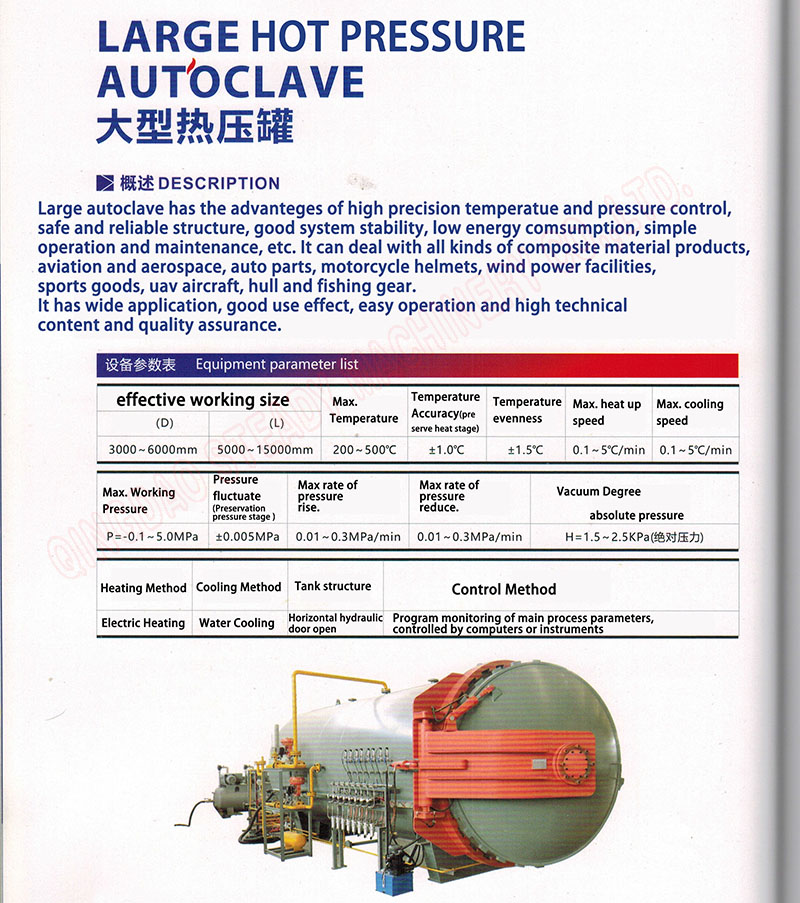
Middle size Autoclave:
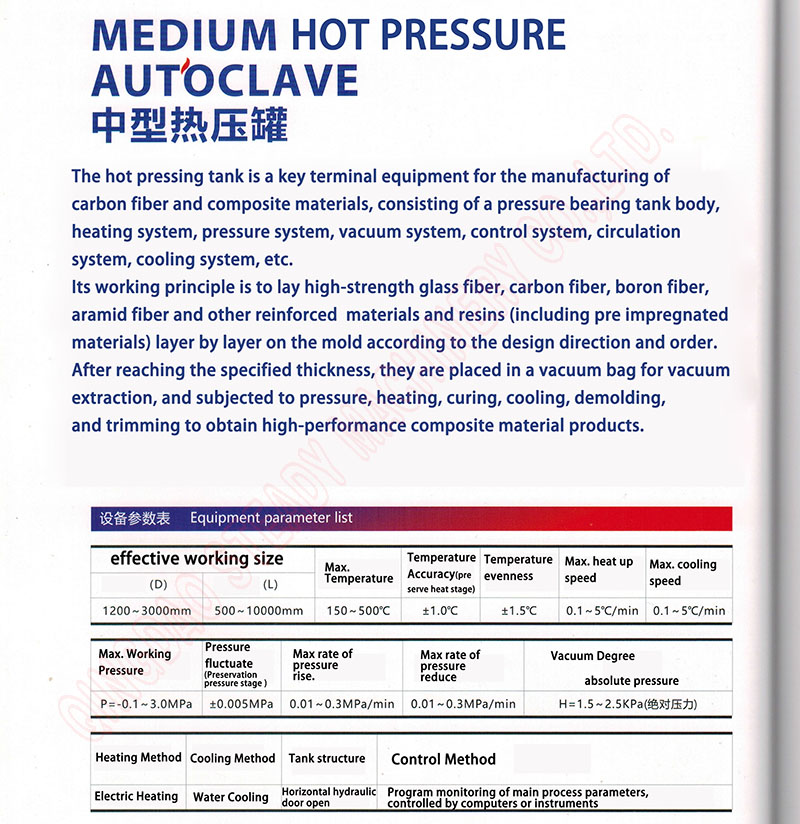
Small Size Autoclave:
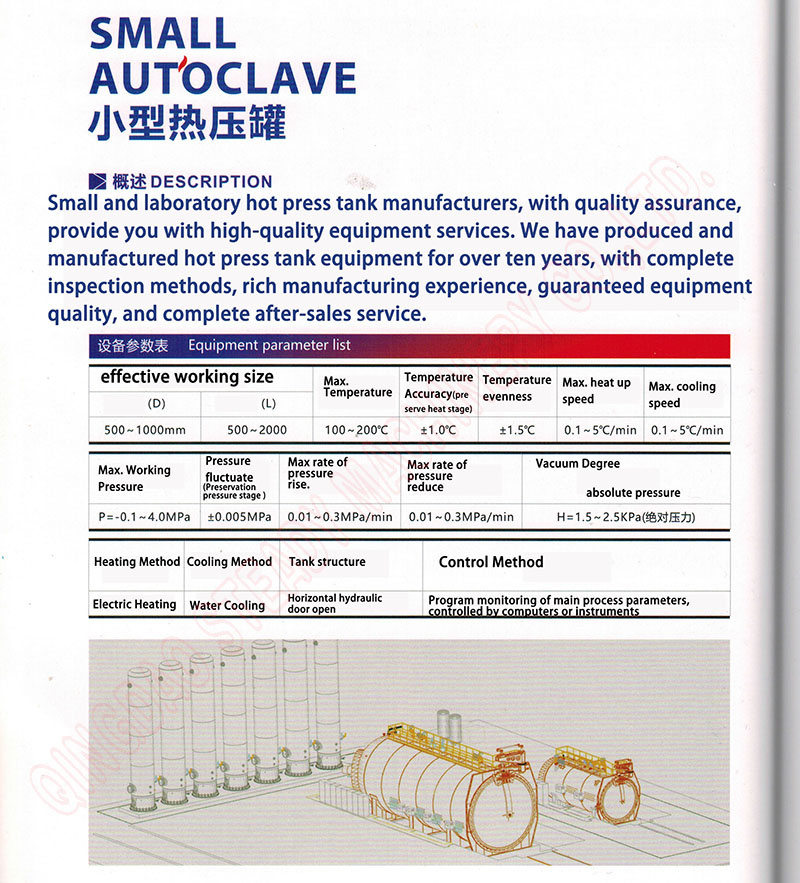
Working Princile of Composite Material Hot Press Autoclave Machine:
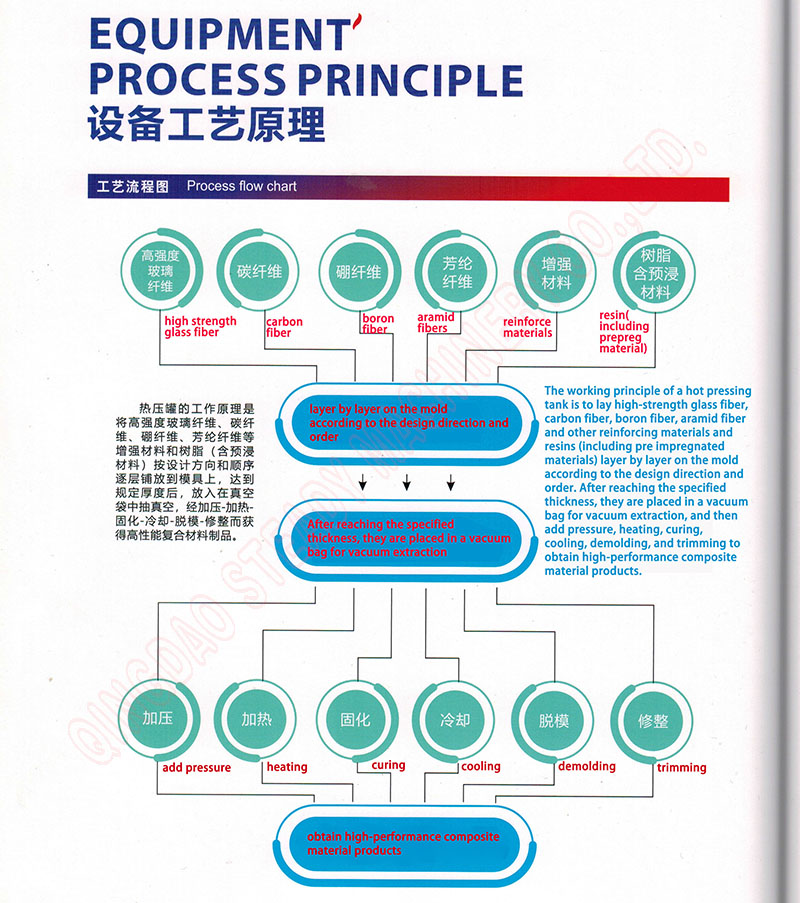
diagrammatic sketch
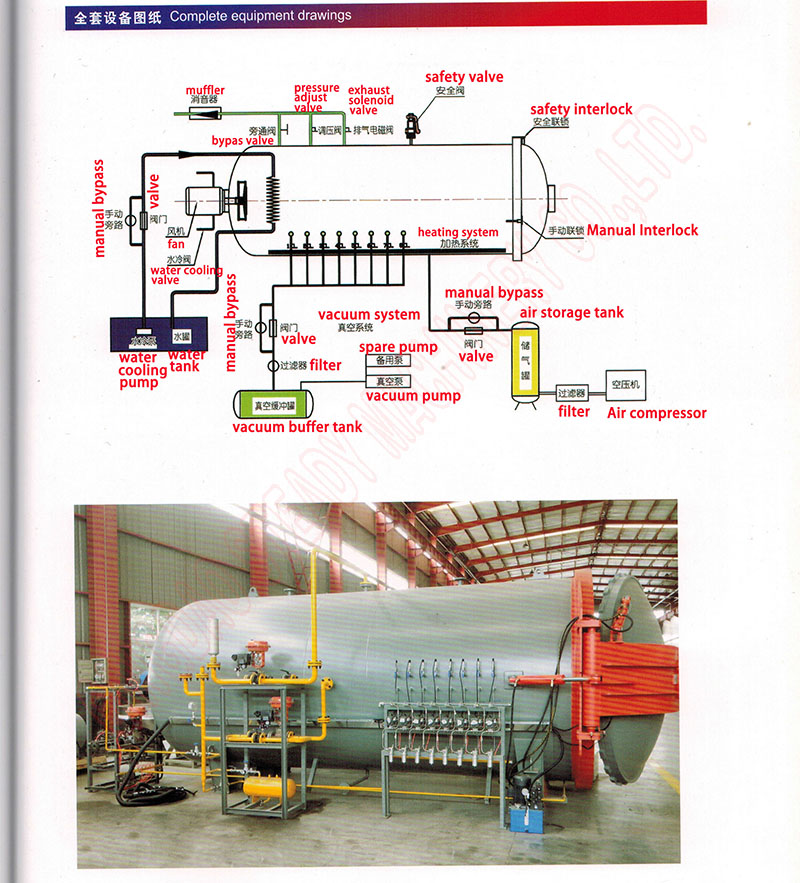
Detail Images:
Control Panel
we design different type control panel according to machine needs or customers' requirements, here just put one for a reference.
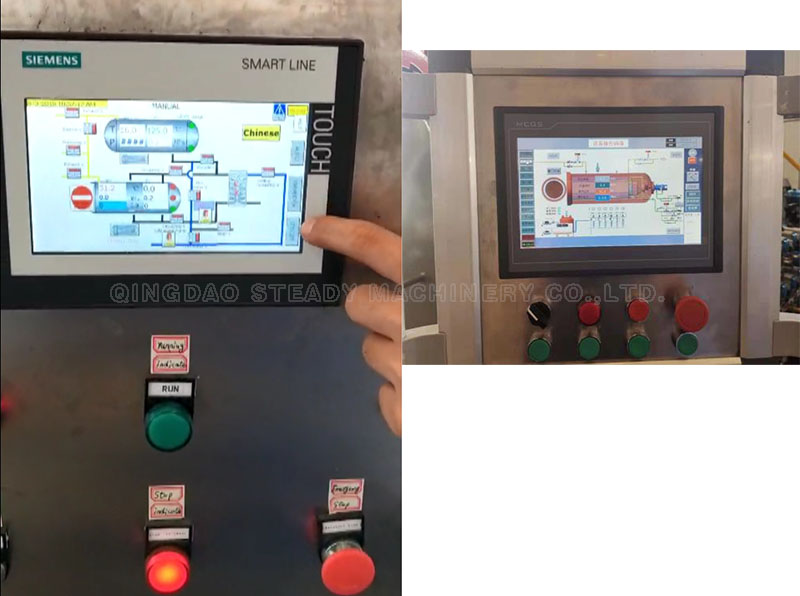
Control Box
CHNT brand, it's best brand of China made, works accurate and stable. When customers have different power voltage supply, we put a transformer into the control box, as you can see it from below picture.
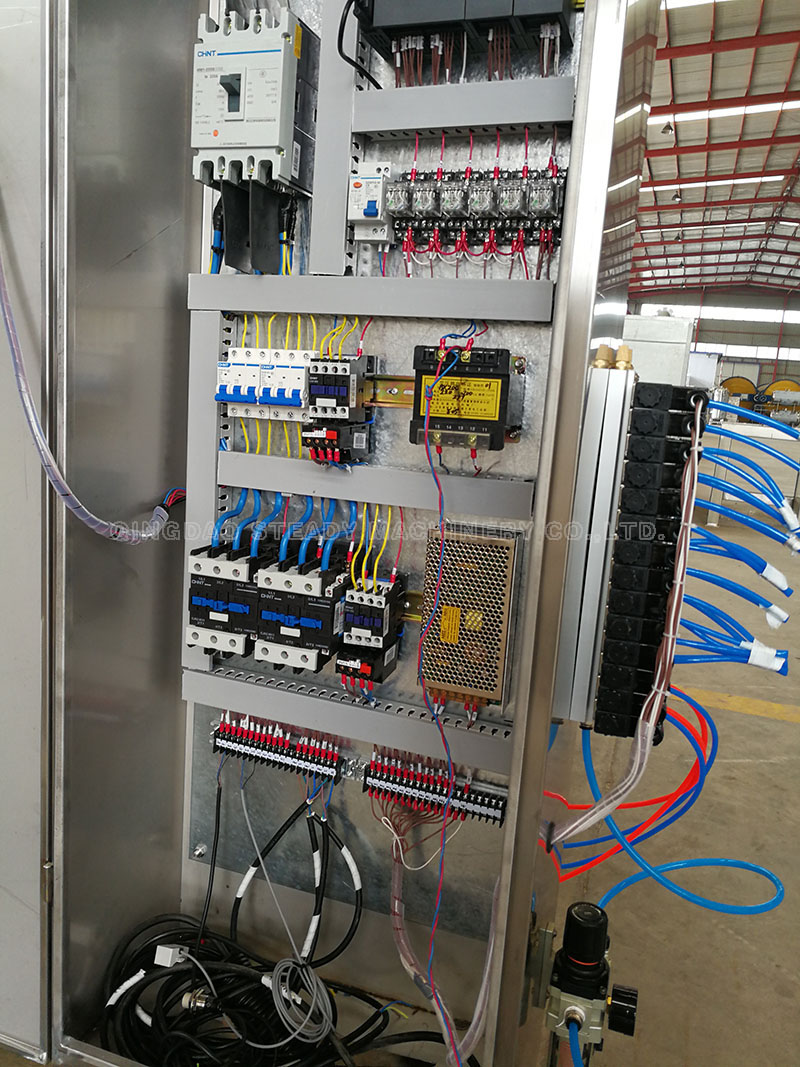
Tank body, we use Q345R as raw material
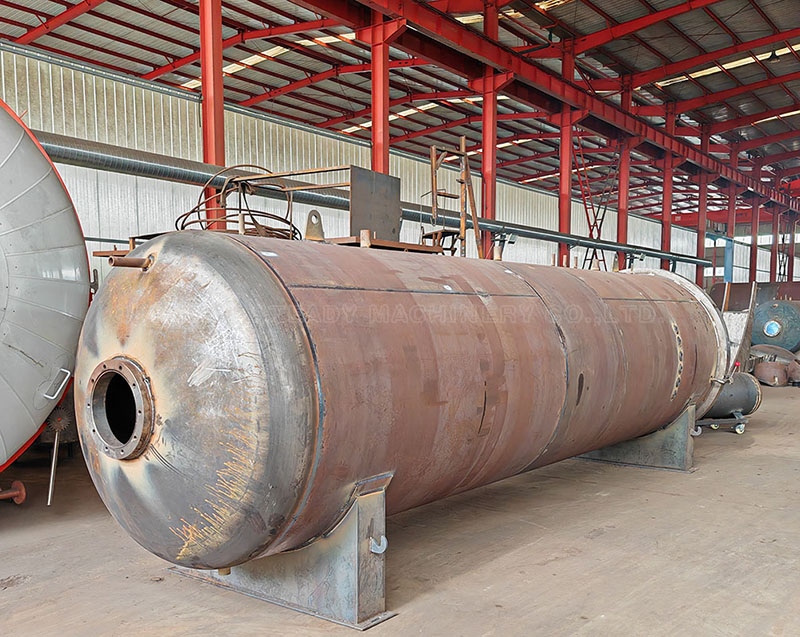
Steel Q345-R, as a widely used low alloy high-strength structural steel, represents the yield strength with "Q" in its grade, while "345" indicates that the yield strength (in megapascals, MPa) of this steel under
standard test conditions reaches 345MPa. The subsequent "R" symbol specifically indicates that the steel is suitable for container manufacturing,
that is, it has good welding performance and certain high-temperature resistance characteristics, and is suitable for the production of pressure vessels, storage tanks and other equipment.
The characteristics of Q345-R steel include:
1. Mechanical properties: In addition to having a yield strength of no less than 345MPa, it also has good tensile strength, generally up to 470-630MPa, as well as good toughness, plasticity, and weldability, ensuring
the safety of components under complex stress states.
2. Chemical composition: As a low alloy steel, Q345-R contains small amounts of alloying elements such as manganese (Mn), silicon (Si), titanium (Ti), niobium (Nb), etc. The addition of these elements can significantly
improve the comprehensive mechanical properties of the steel without significantly increasing its weight, ensuring strength while reducing the structural weight.
3. Corrosion resistance and high temperature resistance: Although Q345 series steel is mainly designed for room temperature environments, Q345-R has certain corrosion resistance and resistance to medium and
low temperatures (usually from room temperature to about 400 ℃) through specific composition adjustments and heat treatment, making it suitable for manufacturing containers that can withstand certain temperature and pressure.
4. Processing performance: Good cold forming and welding performance make Q345-R easy to process into various complex shaped components, meeting different engineering needs, especially in the fields of chemical, petroleum,
energy, etc. It has a wide range of applications.
In practical applications, Q345-R steel needs to undergo strict quality control and testing to ensure that its various performance indicators comply with relevant national standards (such as GB/T 713), in order to ensure its safety
and reliability under design and usage conditions. Whether it's building large oil storage tanks, high-pressure vessels, or industrial boilers, Q345-R is a trusted choice for engineers.
Ends cover of the tank body, aslo Q345R steel:
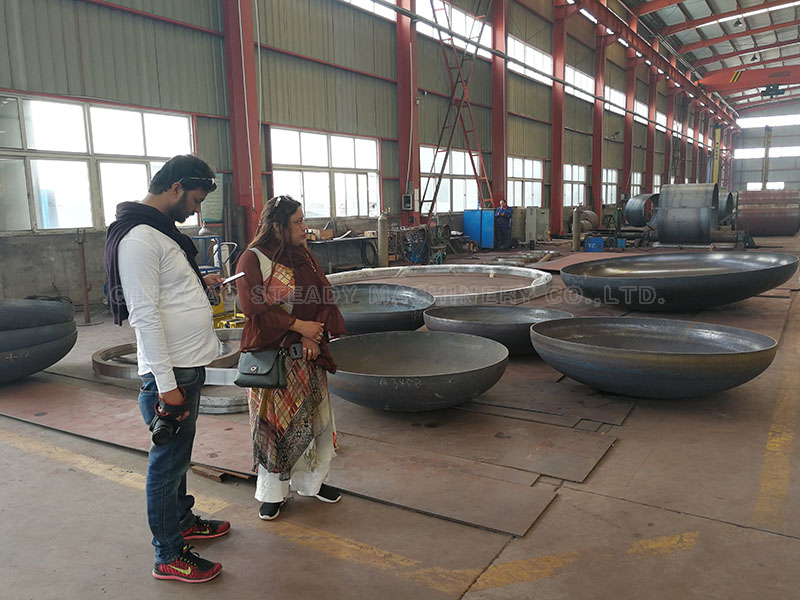
Inside view of hot press autoclave:
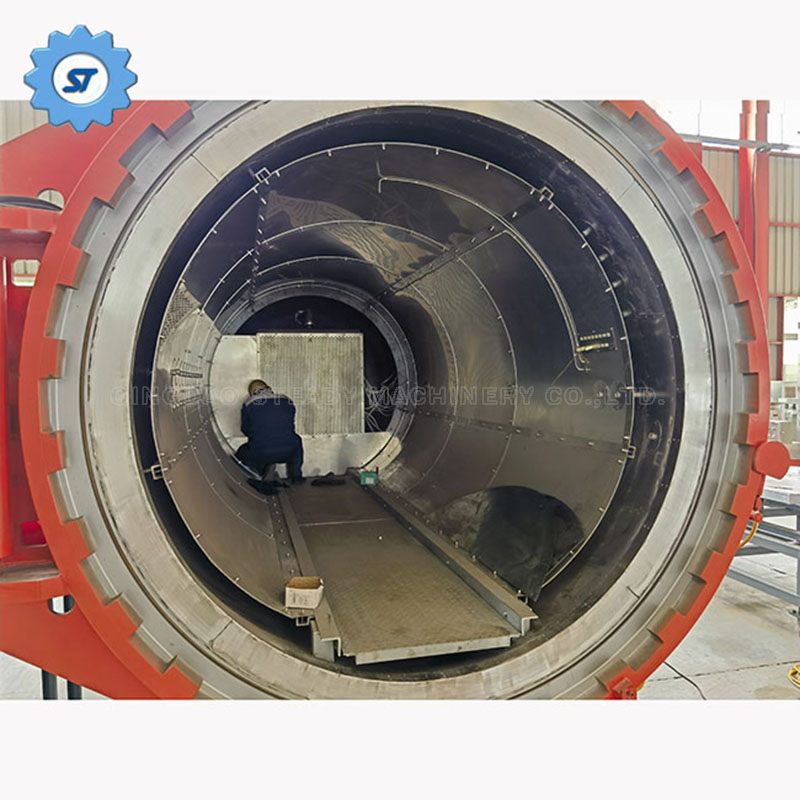
autoclave tank loading container export
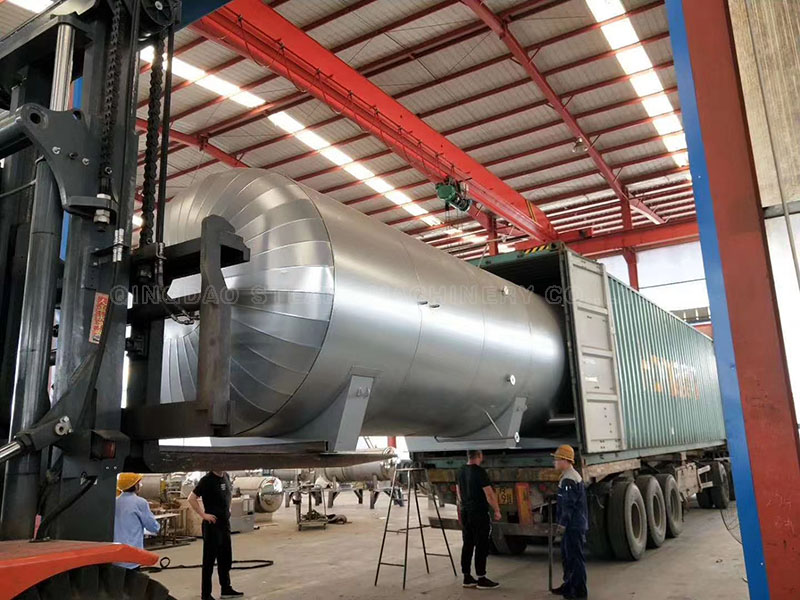
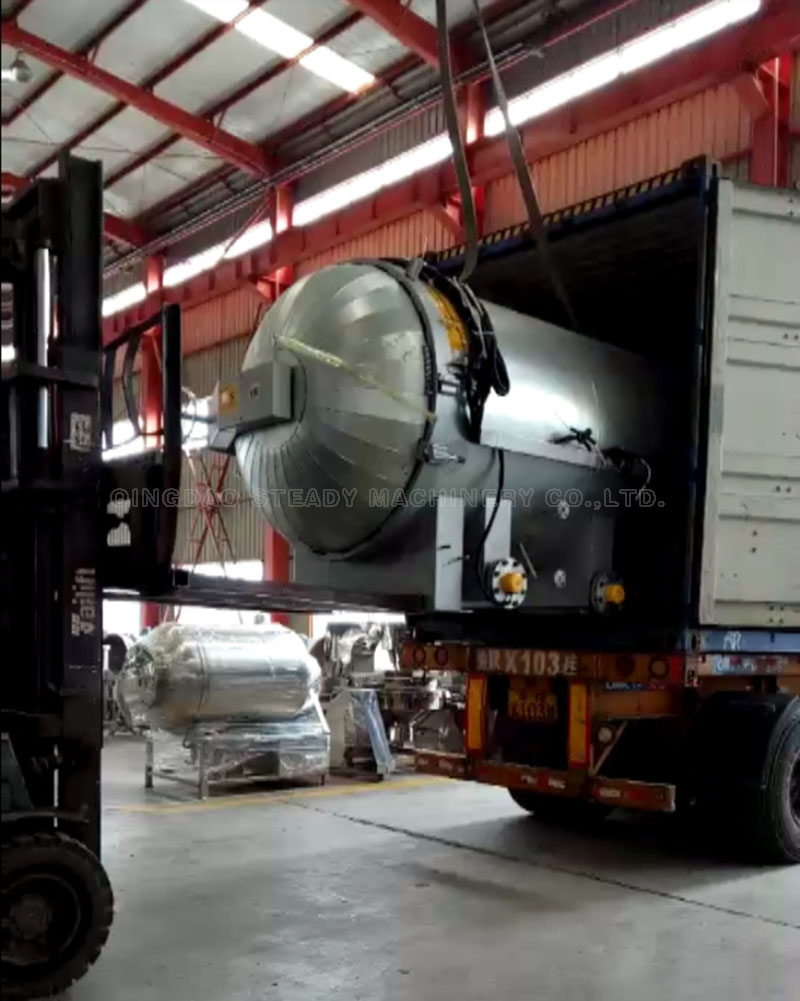
work in user's factory
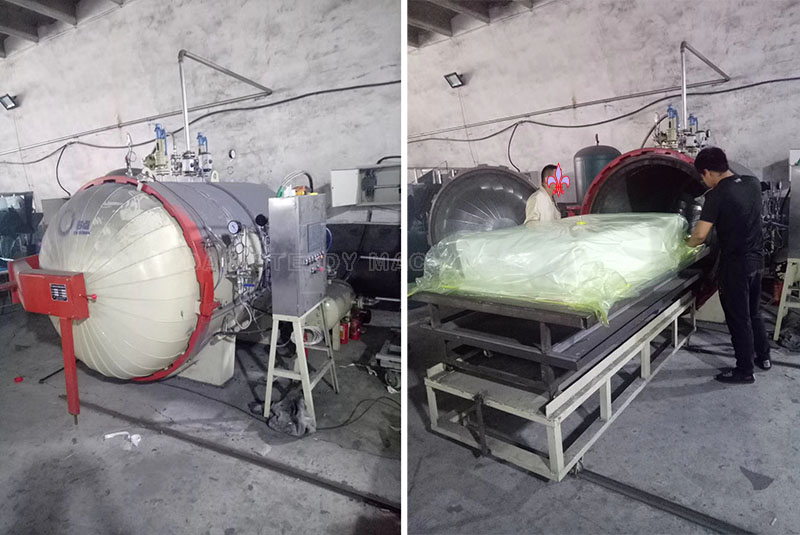
Hot press tank machine, a drawing for reference
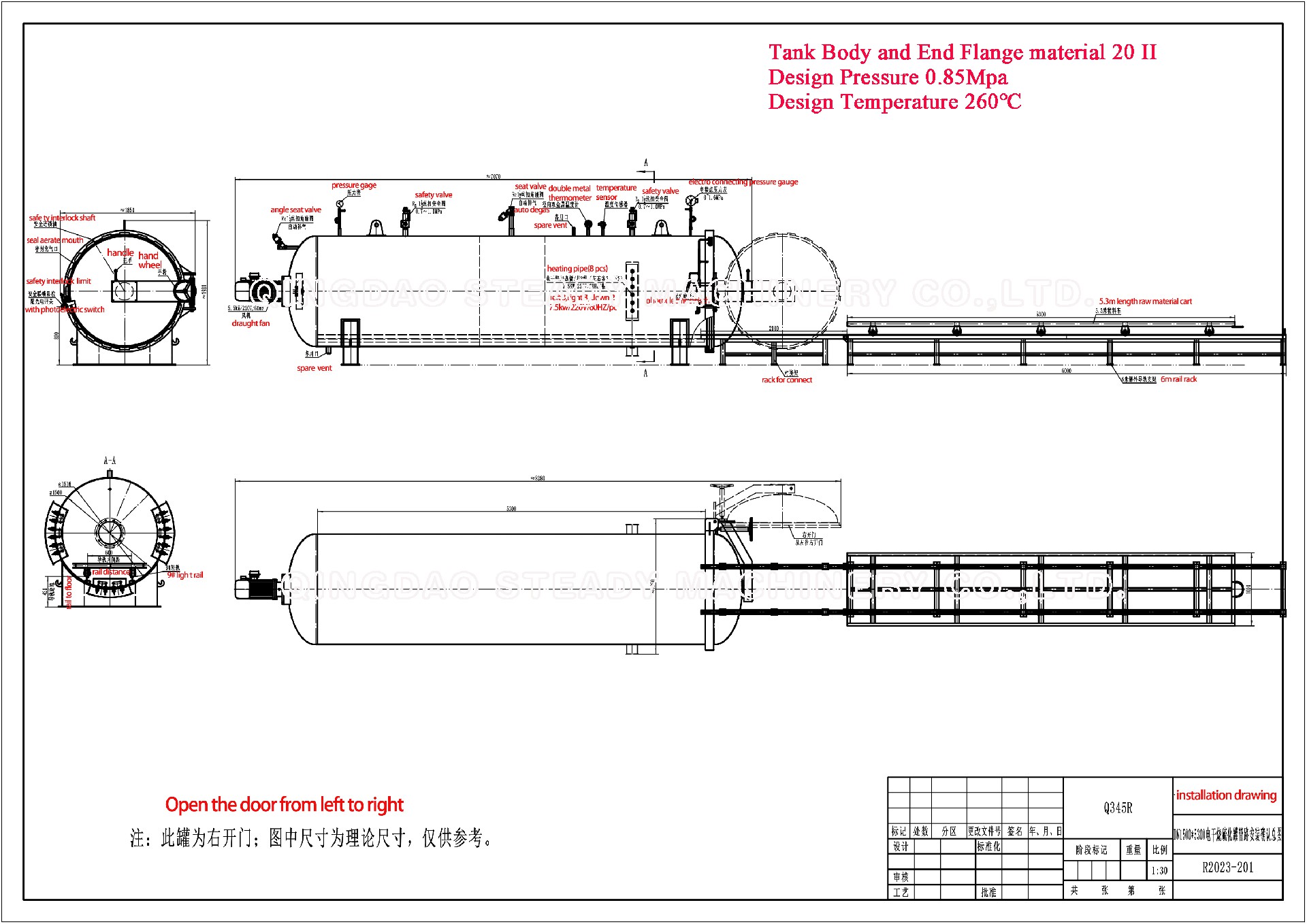
The composite material hot pressing can forming process is a widely used technology in the manufacturing of high-performance composite materials, especially in the following fields where its importance and advantages
have been demonstrated:
1. * * Aerospace field * *: This is one of the most important application areas of hot press tank forming technology, including the manufacturing of aircraft skin, ribs, frames, various wall panels, floors, fairings and other main
and secondary load-bearing structural components. Due to the requirement of high strength, lightweight, and complex shape for these components, hot pressing can molding can ensure that the composite material achieves
the necessary mechanical properties and dimensional accuracy.
2. * * Defense Industry * *: Similar to aerospace, the defense industry also requires a large number of high-performance composite components, such as radar hoods, missile shells, armor plates, etc., which also
rely on hot pressing tank forming technology to ensure the high strength and durability of materials.
3. * * Transportation * *: Transportation vehicles, including cars and high-speed trains, are increasingly using composite components to reduce weight, improve fuel efficiency and performance. Hot pressed tank forming is
suitable for manufacturing such large and complex shaped structural components.
4. * * Energy Industry * *: Energy related facilities such as wind turbine blades, oil and natural gas pipelines require corrosion-resistant, lightweight, and high-strength composite materials. Hot press tank forming is
an ideal choice for manufacturing such large structures.
5. * * Sports and leisure products * *: such as golf clubs, snowboards, bicycle frames, etc., these products pursue ultimate performance and lightweight, and hot pressing can molding can meet their material performance
requirements.
6. * * Ship Manufacturing * *: Composite materials are used in ship construction to reduce ship weight, improve speed and efficiency, and the hot pressing tank forming process can manufacture large ship structural components.
7. * * Infrastructure construction * *: Reinforced composite components used in structures such as bridges and buildings, which are formed by hot pressing tanks to achieve better mechanical properties and durability.
In summary, hot press can forming technology is widely used in various high-end manufacturing fields that have strict requirements for material performance due to its ability to provide high-quality and high-performance
composite material components.
Application Scope:
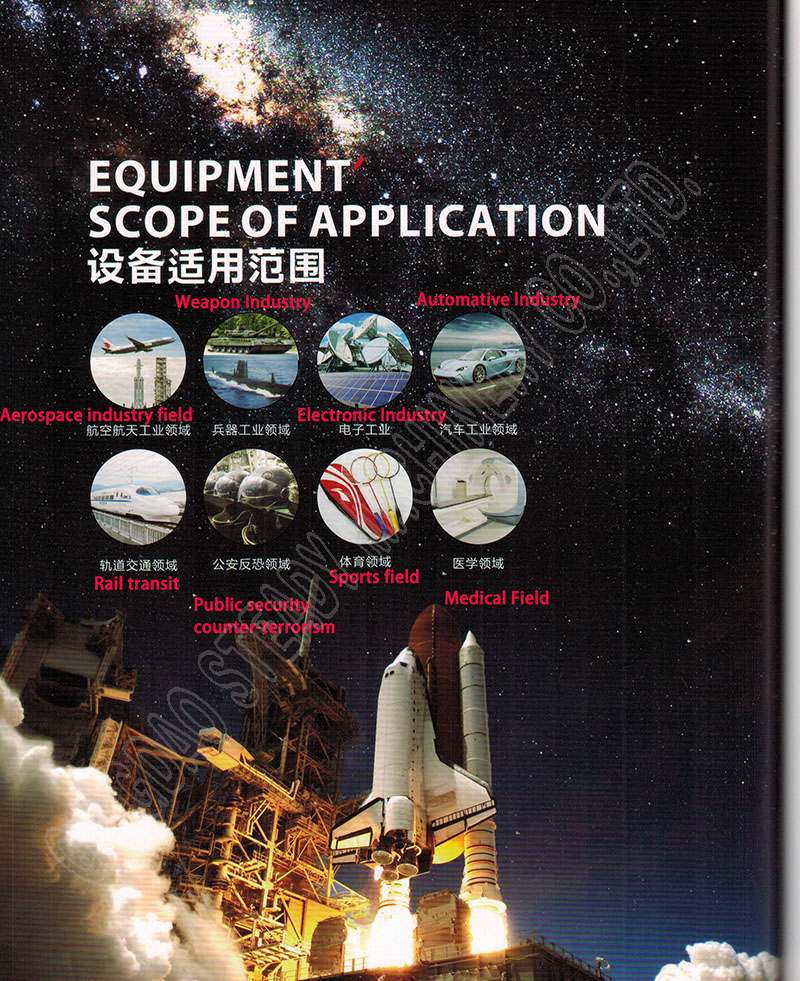
Just contact us


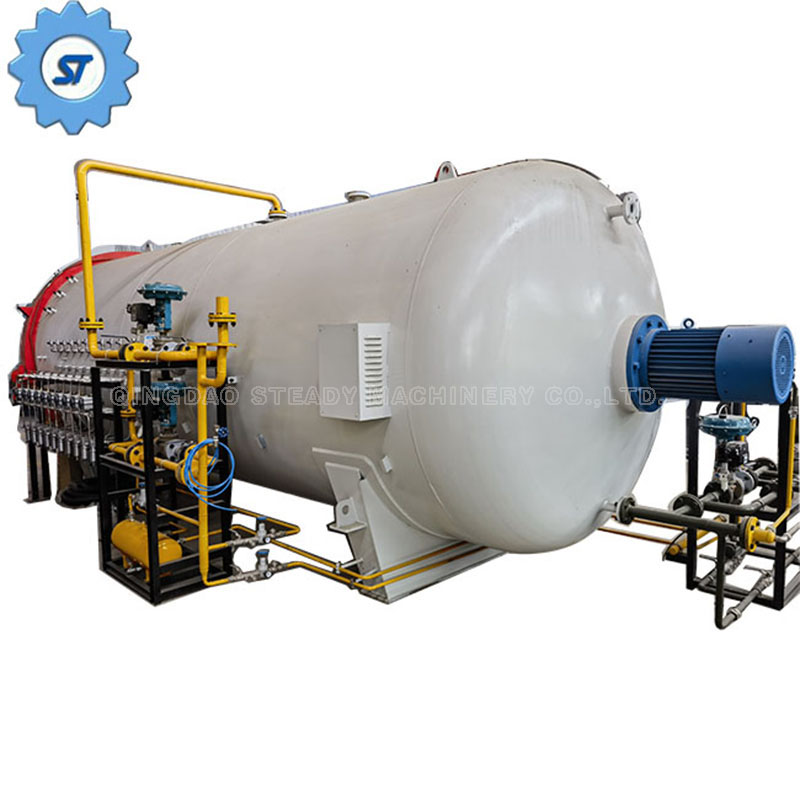
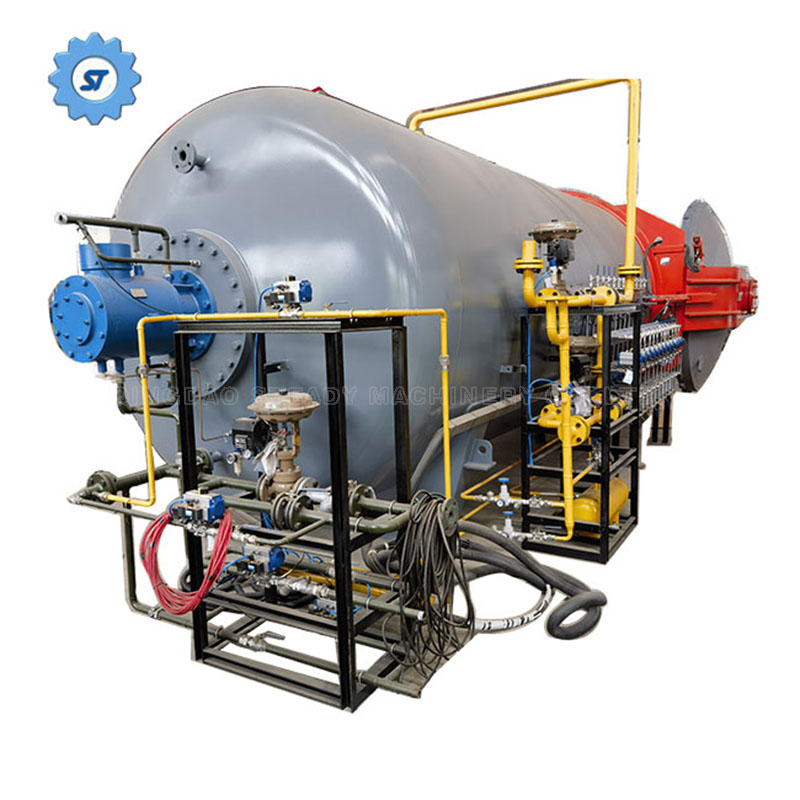
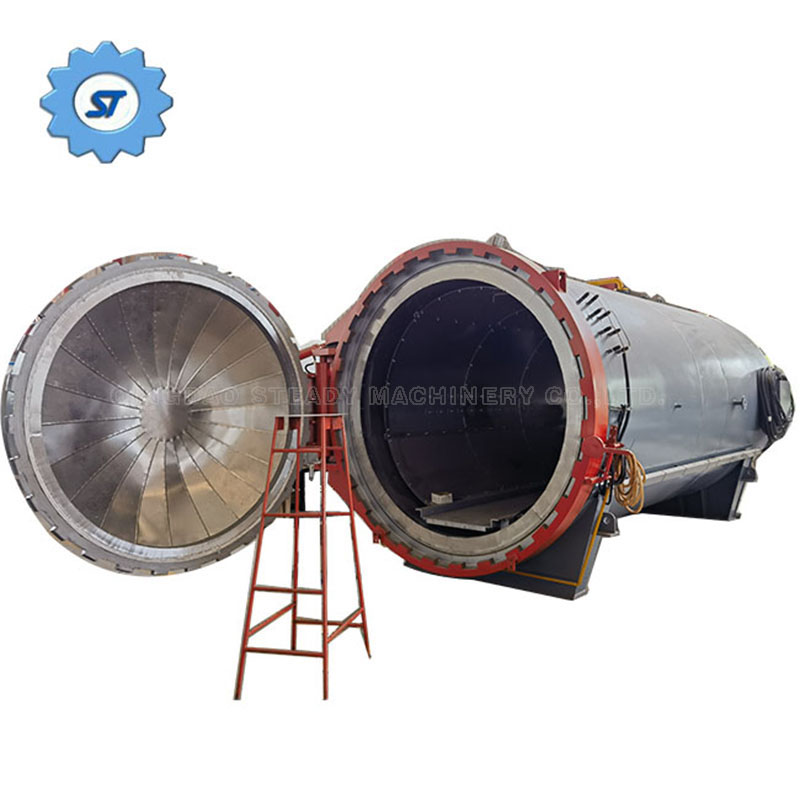
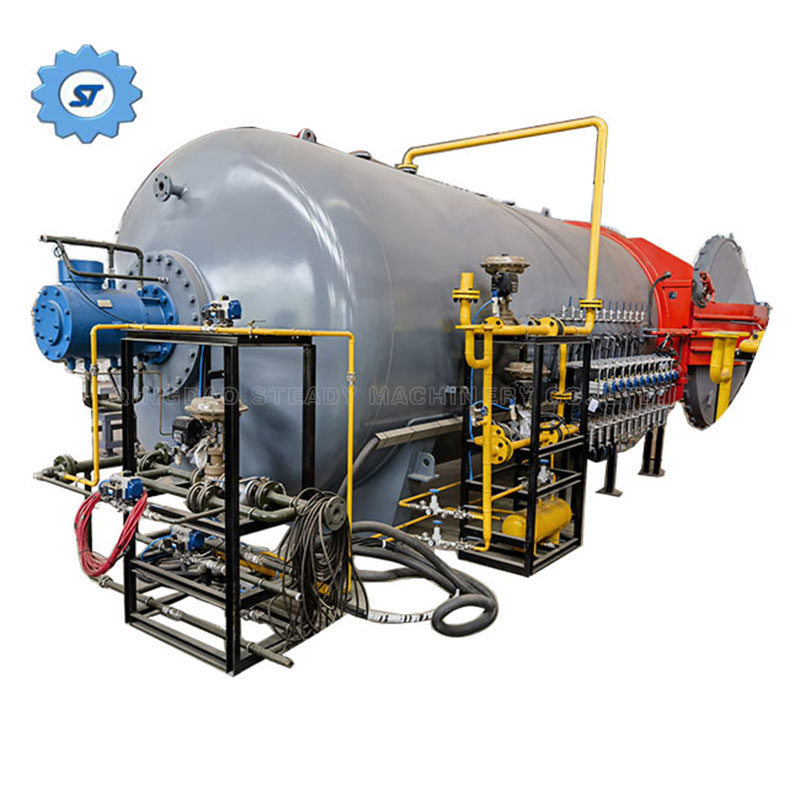
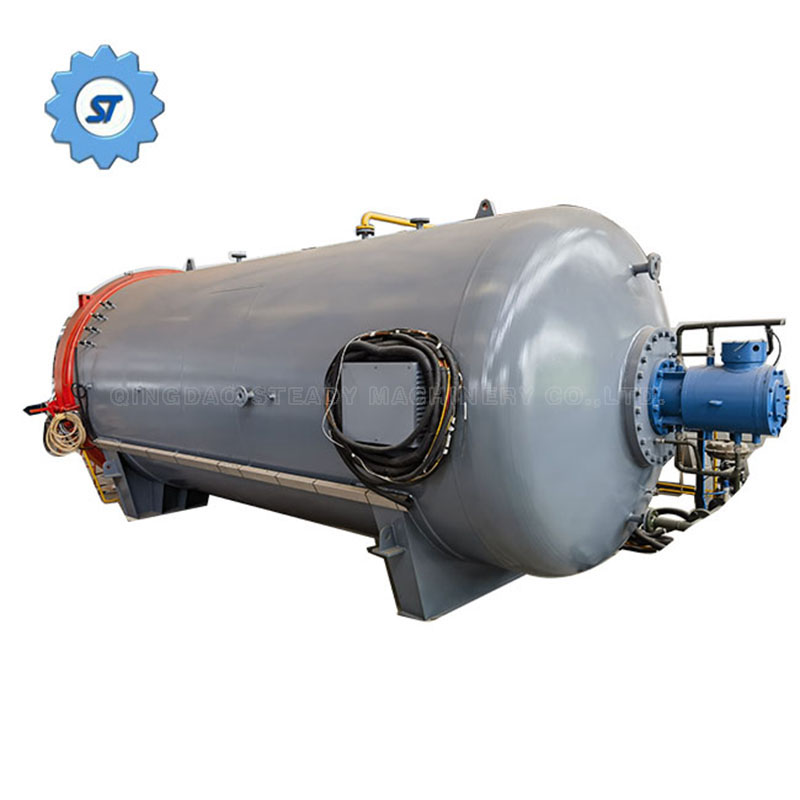
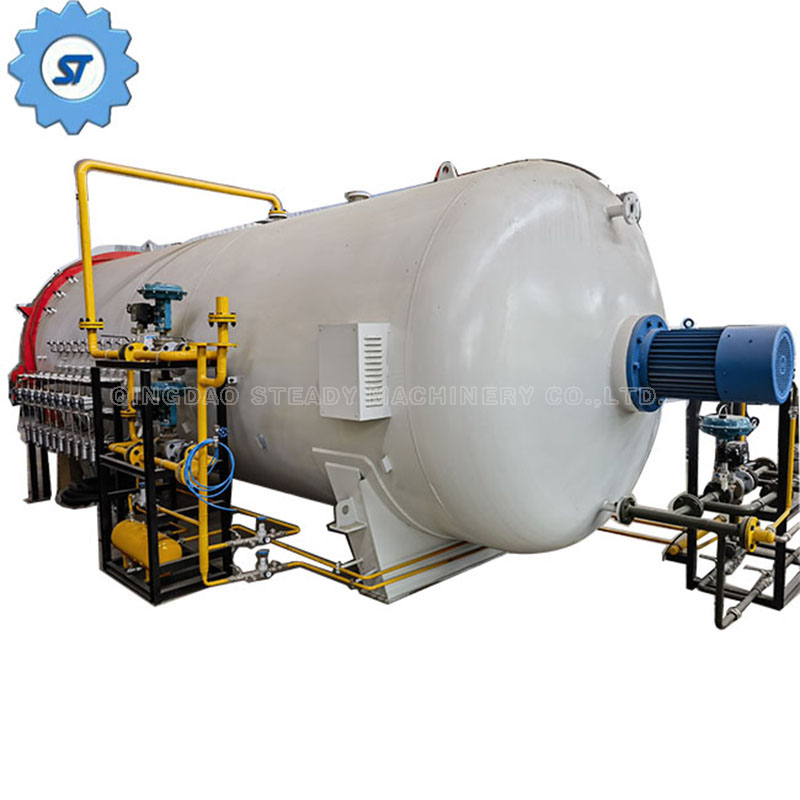
Comments: